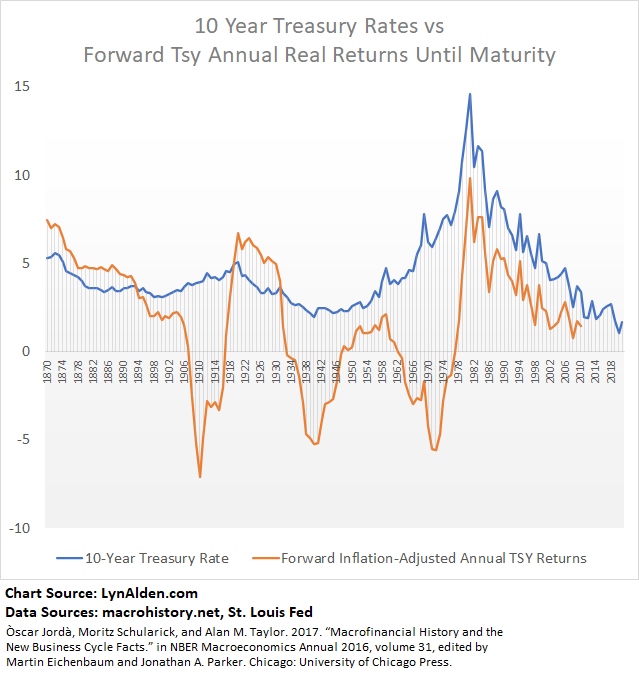
This chart shows the change in broad money supply per capita compared to the change in beef prices over 5-year rolling periods: 

The question, in an imperfect world with imperfect metrics, is M2 or CPI the better metric between the two?
CPI changes its basket of goods and hedonic offsets over the calculation period. Meanwhile, M2 is more consistent but struggles with an opaque financial situation.
CPI changes its basket of goods and hedonic offsets over the calculation period. Meanwhile, M2 is more consistent but struggles with an opaque financial situation.
The answer is that CPI did better at capturing things that can be easily outsourced or that are subject to Moore's law type of effects, while M2 did better at capturing assets & consumables higher in the value stack, like houses, equities, meat, and healthcare.
• • •
Missing some Tweet in this thread? You can try to
force a refresh










